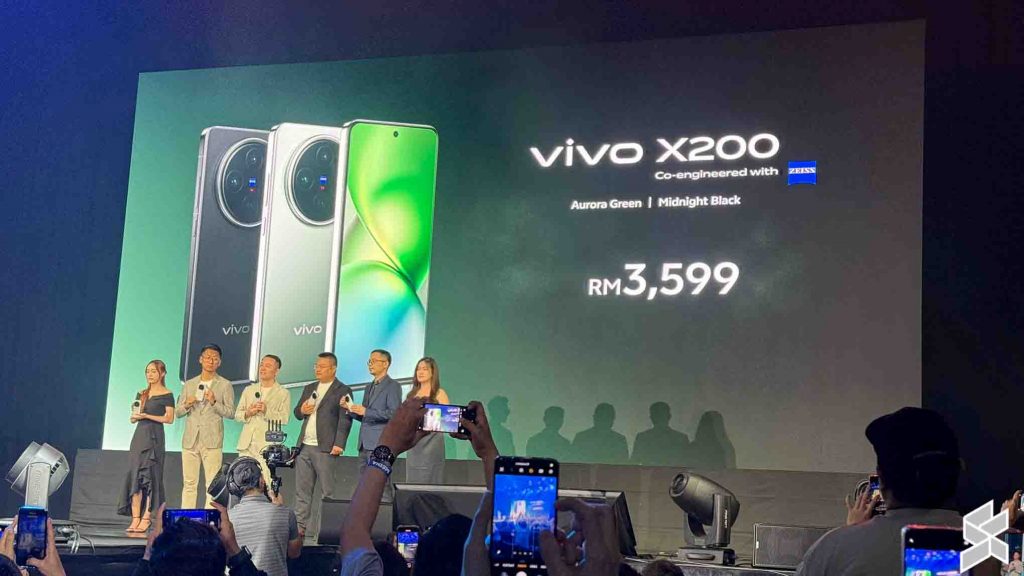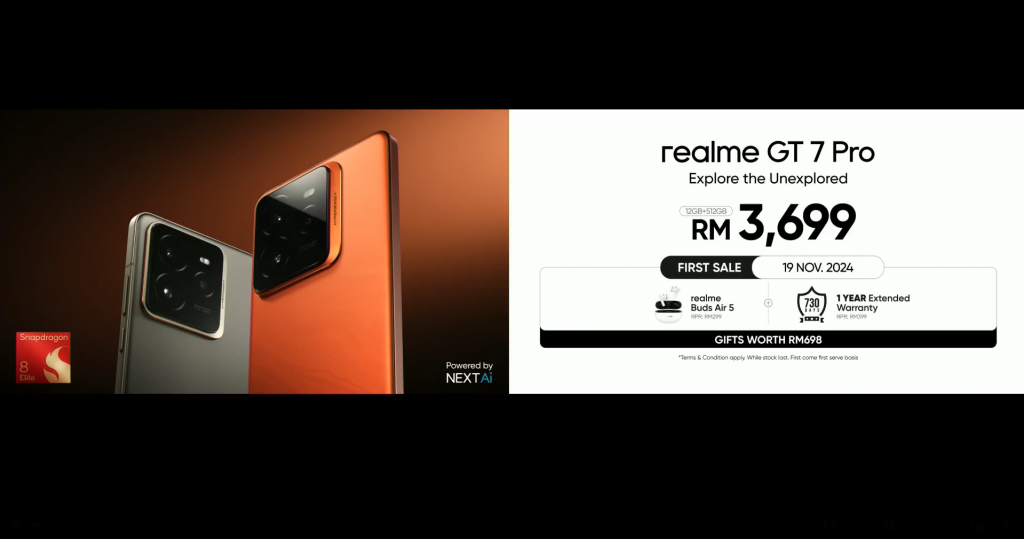If you have ever fancied yourself as a director of cinematic movies would like to try your hand at creating new animations using images you might have created with Midjourney, DallE 3, Stable Diffusion and other AI art generators. This quick overview guide will show you how to use AI tools to add animation to images allow you to expand your stories in different directions.
Creating cinematic quality videos once used to be complicated and expensive. But apps like Pika Labs AI and text-to-image services have transformed video production, and this is just the beginning. Learn how to generate high-quality cinematic AI videos, leveraging the power of artificial intelligence, using the image-to-video option instead of the text-to-video option. This requires the creation of universal images with matching scenes, lighting, and color schemes in an external text-to-image app.
Pika Labs, a free AI video generator, has been instrumental in this process. It offers a range of parameters like motion guidance scale and camera movements that can be manipulated to create cinematic prompts. These prompts can then be used in text-to-image apps like Midjourney, Stable Diffusion, or any other, to create the best cinematic AI animated movies and animations.
Create cinematic AI animated movies and animations
Watch the video created by Lenny Blonde below to learn more about using Pika Labs to create short animated films or movies as well as animations using images you may have created already.
Other articles you may find of interest on the subject of
The process of creating cinematic prompts involves a careful selection of uniform scenes, color arrangements, and lighting. These elements are crucial in setting the mood and tone of the video. The prompts are then added to the Pika AI tool, which uses them to generate the video.
Pika Labs
Pika Labs offers two methods for video creation: text-to-video and image-to-video. While both methods have their merits, the image-to-video method is recommended for extracting the best cinematic quality. This is because it allows for a greater degree of control over the visual elements of the video.
Adding parameters and camera movements to prompts is another important aspect of creating cinematic videos. These parameters can include zoom, pan, or rotate movements, which can add depth and dynamism to the video. The use of cinematography terms in the prompts can also enhance the cinematic feel of the video. Creating a basic prompt structure is essential for achieving a consistent cinematic style. This involves creating different images in the same cinematic style using the prompt structure. The images can then be used in the Pika AI tool to generate the video.
Text-to-image apps are a valuable tool in this process. They allow creators to generate cinematic still images, which can then be used in the Pika AI tool. There are various paid and free text-to-image apps available, and experimenting with different ones can yield the best results. To further enhance the quality of the videos, the resolution can be upscaled using Topaz Video AI. This can improve the quality of the videos on larger devices, making them more appealing to viewers.
Creating cinematic quality videos using Pika Labs AI and text-to-image apps is a powerful and innovative approach to video production. It allows creators to generate high-quality cinematic AI videos, offering a new level of control over the visual elements of the video. With the right tools and techniques, anyone can create cinematic AI animated movies and animations.
Filed Under: Guides, Top News
Latest togetherbe Deals
Disclosure: Some of our articles include affiliate links. If you buy something through one of these links, togetherbe may earn an affiliate commission. Learn about our Disclosure Policy.




